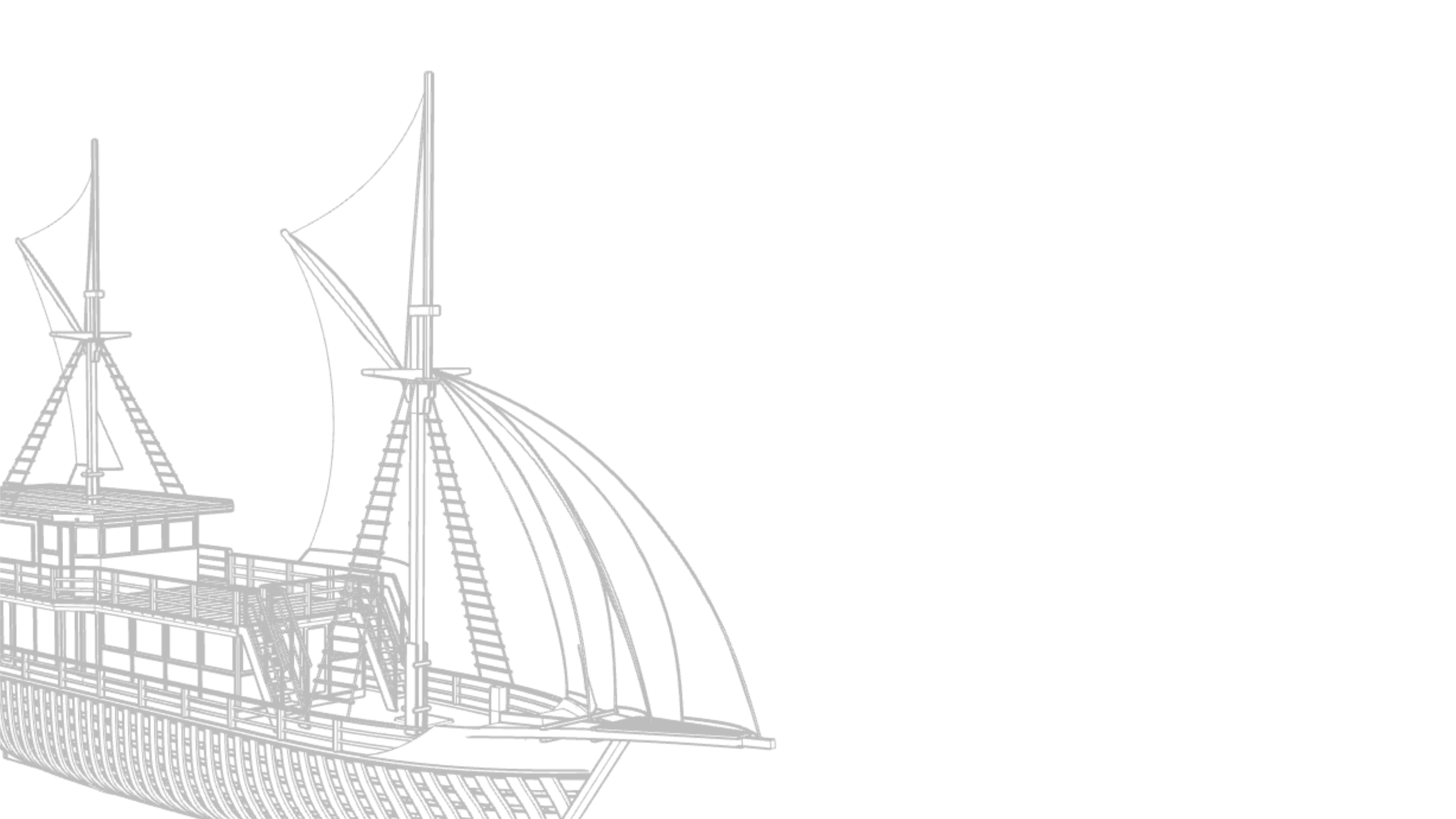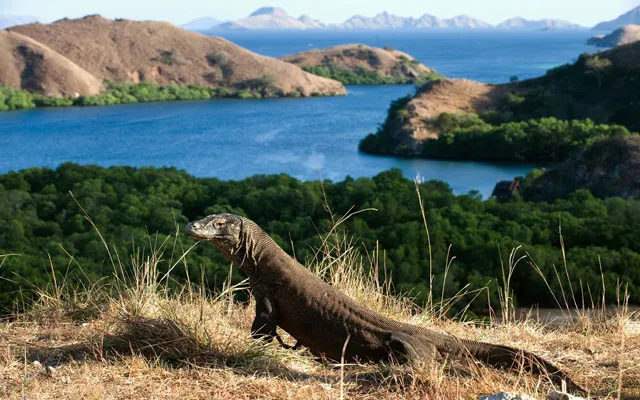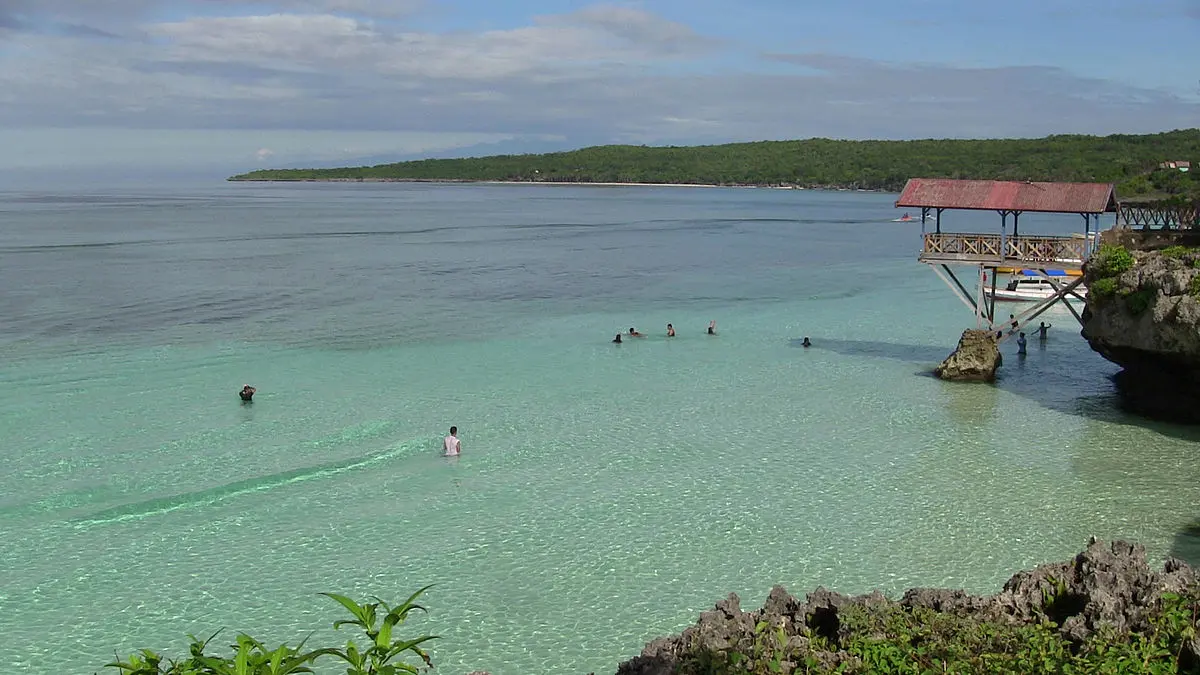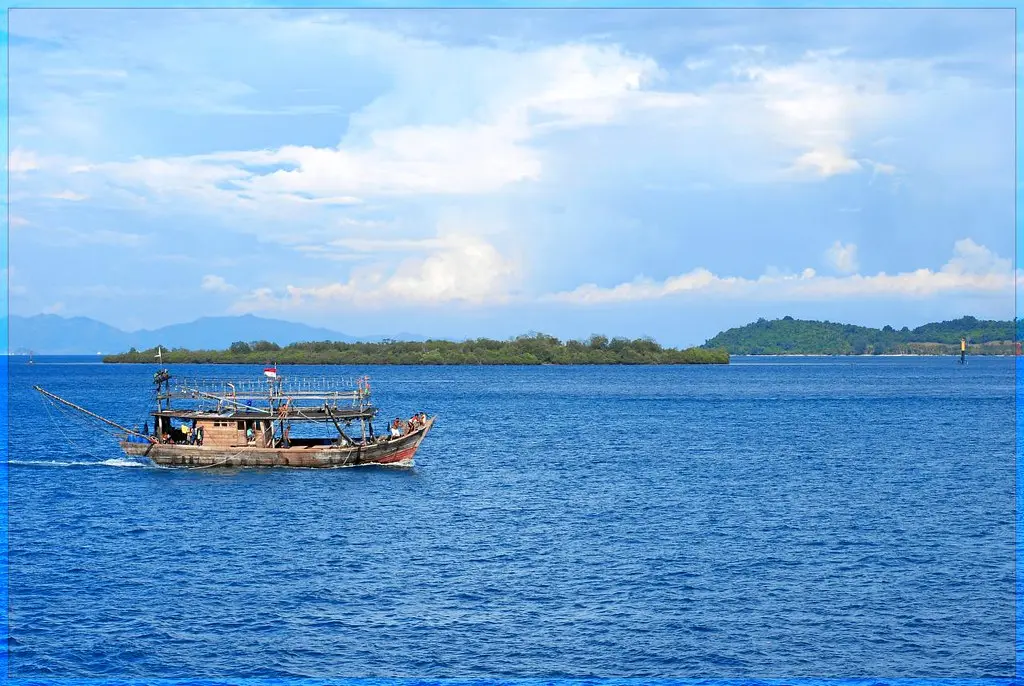Madura Sea Nomads: The Ocean-Faring People of Indonesia
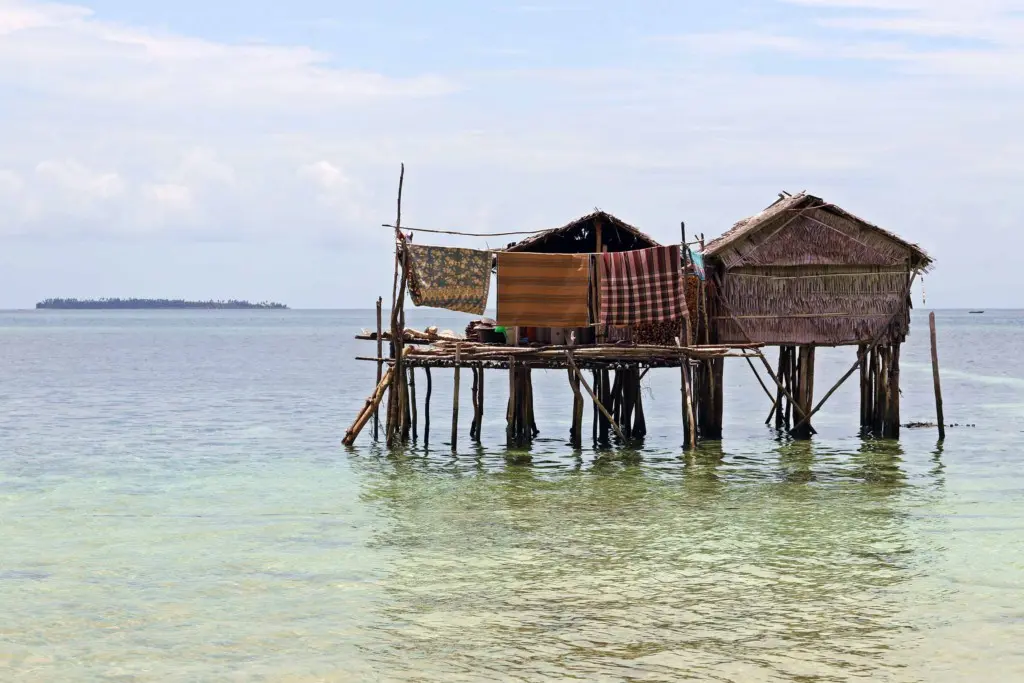
Madura sea nomads are coastal communities in Indonesia whose lives, traditions, and identities are deeply connected to the sea. From their daily routines to spiritual practices, everything revolves around the tides. Through generations, they’ve passed down unique seafaring skills and sustainable practices, making their story not just about survival—but cultural resilience.
Let’s explore how their ocean heritage continues today and how you can experience it with Riara Marine.
Read Also: Live Like a Bajau Sea Nomads: A Cultural Ocean Journey
A Life Shaped by the Sea
For the Madura sea nomads, the ocean isn’t just a way to make a living—it’s home, history, and identity. Every tide shapes their rhythm of life, from how they build their homes to how they raise their children. Here are some key aspects that define how the sea continues to shape their everyday existence:
1. Traditional Fishing and Sailing Practices
The Madura sea nomads are known for their traditional boats such as perahu layar and jong, handcrafted wooden vessels ideal for both coastal and long-distance sailing. Their fishing methods are equally time-tested—relying on selective, sustainable techniques like net-casting, line fishing, and seasonal harvesting.
These communities have a keen awareness of ocean patterns, tides, and the behavior of marine species, allowing them to fish responsibly while maintaining the ecological balance of their waters.
2. Living in Coastal Settlements
Most Madura sea nomads live in stilt houses or floating homes that rise above the waterline, designed to withstand tidal fluctuations. These settlements are often mobile or semi-permanent, especially during peak fishing seasons when families might move closer to more abundant waters.
Built from natural, locally sourced materials, these structures form tight-knit communities where maritime life influences everything from architecture to social interaction.
3. Seafaring Skills Taught from Childhood
Children in Madura’s coastal communities grow up with salt on their skin and wind in their hair. From a young age, they are taught to paddle, swim, navigate, and fish—skills that are considered just as vital as reading or writing.
Elders pass down knowledge through direct practice, storytelling, and mentorship on family boats, fostering a deep connection between generations and the sea.
Cultural Identity and Ocean Beliefs
For the Madura sea nomads, the sea is not just a physical space—it’s spiritual, symbolic, and deeply woven into their identity. Their beliefs, rituals, language, and even daily routines reflect a deep respect for the ocean as both a provider and protector. Let’s take a closer look at how their worldview is shaped by life on the sea:
1. Sea Rituals and Local Wisdom
For the Madurese, the sea is not only a source of food but also a spiritual realm. Before embarking on major fishing trips or boat journeys, they often perform selamatan laut (sea blessings) involving offerings, prayers, and community feasts.
These rituals are believed to ensure safety, good fortune, and harmony with sea spirits. Such practices show how spirituality and ecological mindfulness are deeply intertwined in their culture.
2. Language and Songs of the Sea
The spoken language of Madura’s sea nomads is rich with maritime vocabulary, weather terms, and expressions shaped by life on water. Songs and chants are an important part of both work and leisure, often performed during boat-making, rowing, or evening gatherings.
These oral traditions not only preserve their history and values but also serve as tools for passing on knowledge about the sea to younger generations.
3. Clothing, Tools, and Lifestyle by the Water
Their clothing is lightweight, breathable, and suited for working in humid, salty environments—often using natural fabrics dyed with coastal plant pigments.
Their fishing tools and domestic items are made from bamboo, coconut shells, and driftwood—materials that are abundant and eco-friendly. Meals are centered around the day’s catch, and cooking is often communal, fostering a lifestyle that’s practical, connected, and respectful of the sea.
Read Also: Who Are Indonesia’s Sea Nomads? Discover the Bajau People’s Ocean Life
Tracing the History of Madura’s Maritime Life
The Madura sea nomads have a long-standing bond with the ocean, shaped by centuries of travel and trade. Here are some key moments that define their maritime journey:
1. Trade and Inter‑Island Travel
Madura sea nomads historically played an active role in Indonesia’s inter-island trade, carrying goods like salt, dried fish, and textiles to Java, Kalimantan, and other neighboring islands.
Their small fleets moved with the monsoon winds, navigating not only physical but also social routes—engaging in barter, trade diplomacy, and cultural exchanges along the way. Their ability to adapt made them essential players in the regional economy.
2. Conflict and Resilience at Sea
Throughout their history, the Madura sea nomads have faced various threats—from piracy and territorial disputes to colonial restrictions on maritime movement. Despite these challenges, they maintained their identity and way of life through resilience and adaptability.
Their stories of endurance at sea are filled with acts of bravery, strategic retreat, and community solidarity, showcasing a culture that refuses to be drowned by adversity.
3. Influences from Neighboring Maritime Cultures
As they traveled and traded, the Madura sea nomads came into contact with other oceanic cultures like the Bugis, Bajo, and Makassarese. These interactions led to shared practices in boat-building, navigation, and even religious beliefs.
Voyagers can see influences in the shape of their boats, the design of their homes, and the use of certain rituals, creating a dynamic culture that thrives on both preservation and openness.
Why Madura Sea Nomads Still Matter Today
In a fast-changing world, the Madura sea nomads offer timeless lessons in resilience, sustainability, and cultural pride. Here are the reasons their legacy still holds relevance today:
1. A Model of Coastal Sustainability
The Madura sea nomads exemplify a way of living that’s closely in tune with nature. Their traditional knowledge of the ocean, combined with low-impact fishing practices and seasonal resource use, makes them a model of sustainability.
In a time when marine ecosystems are under threat from overfishing and climate change, their example offers valuable lessons in coexistence with the environment.
2. Preserving a Disappearing Culture
Modern development, tourism, and environmental degradation pose serious risks to the Madura nomads’ heritage. Without active efforts to document, protect, and celebrate their traditions, a unique part of Indonesia’s cultural mosaic could disappear.
Thankfully, local initiatives, NGOs, and cultural workshops are helping preserve their language, music, boat-making skills, and maritime rituals—often with the help of younger community members stepping into leadership roles.
Read Also: 10 Unique Bajau Tribe Facts About How They Live at Sea
Explore the Legacy with Riara Marine
Voyagers, are you ready to experience life as the sea nomads do? Riara Marine invites you to dive into the world of the Madura sea nomads through immersive, hands-on cultural excursions.
Join a Workshop Tour where you can learn how to craft a perahu alongside skilled local builders, experience traditional fishing methods, and listen to age-old sea stories shared by community elders.
Book your cultural experience with Riara Marine today. Let the sea guide you.
